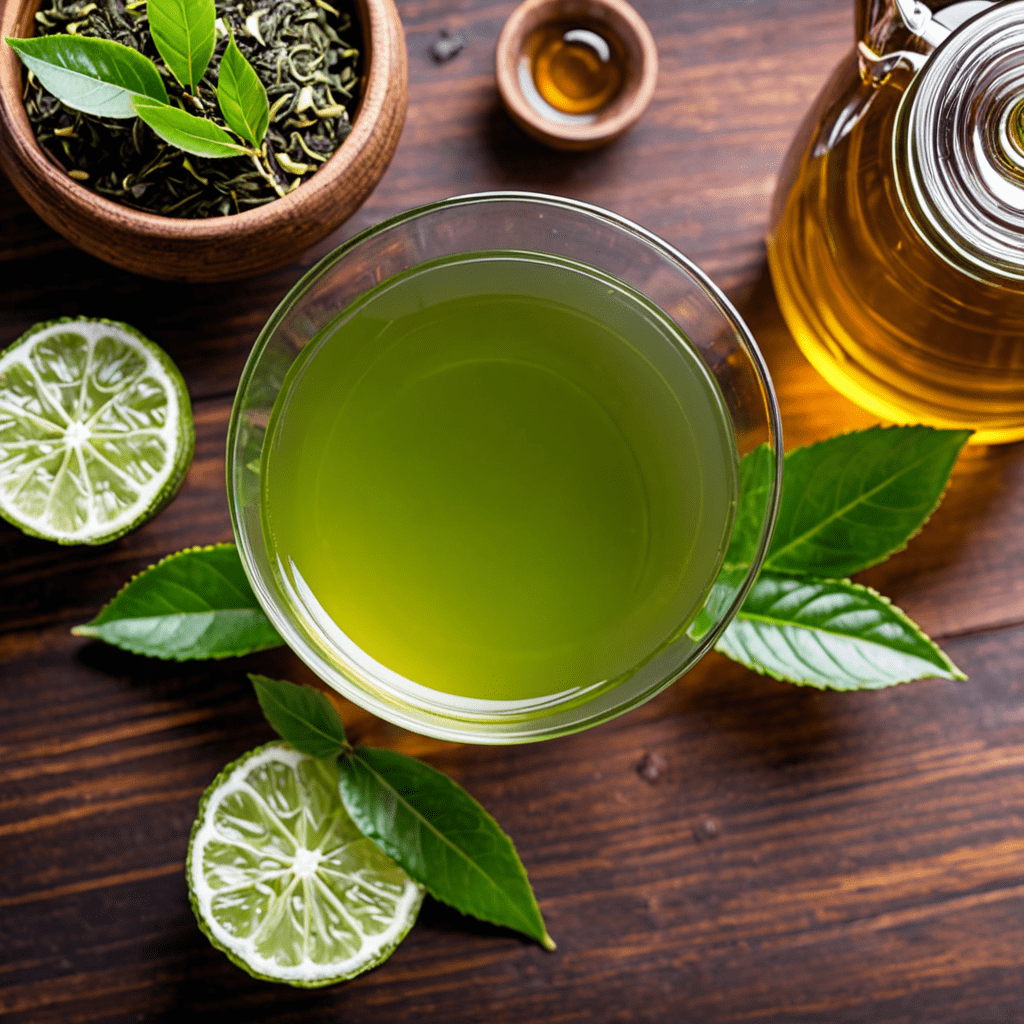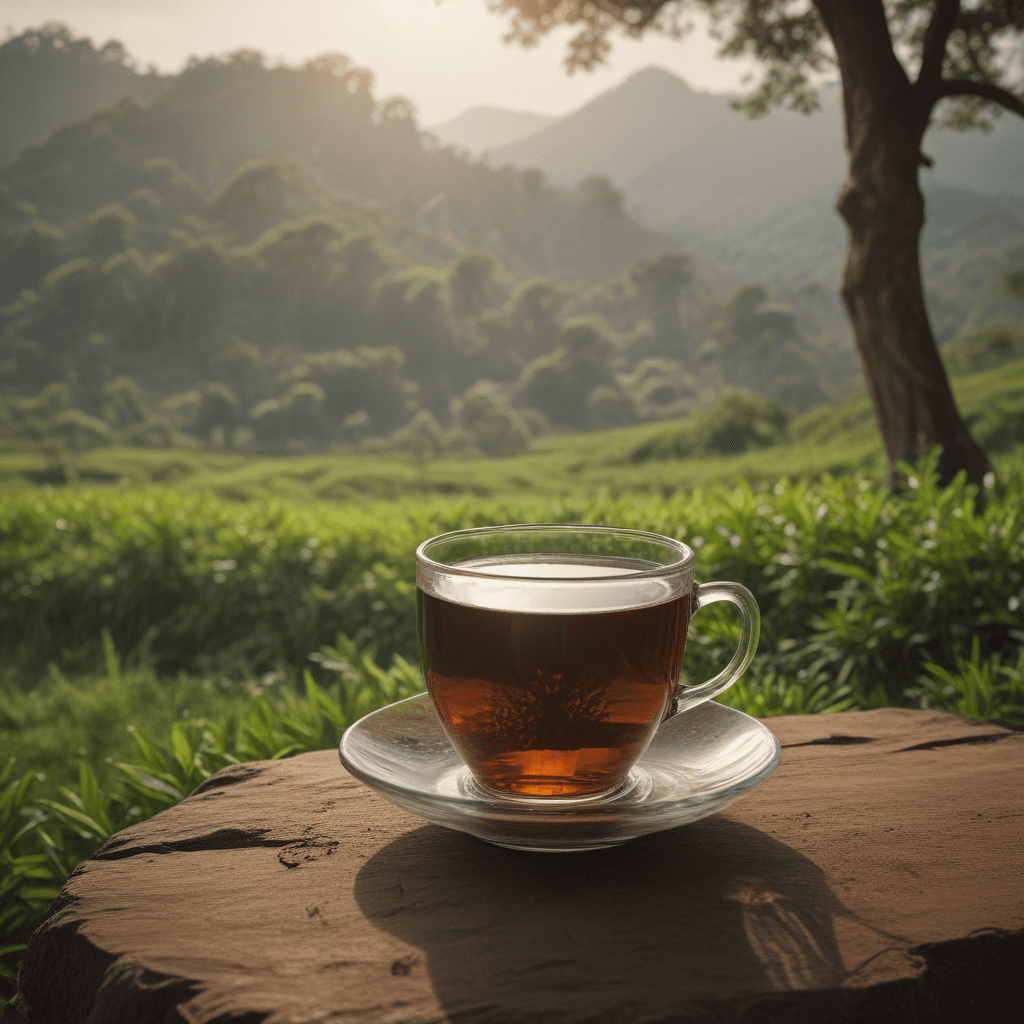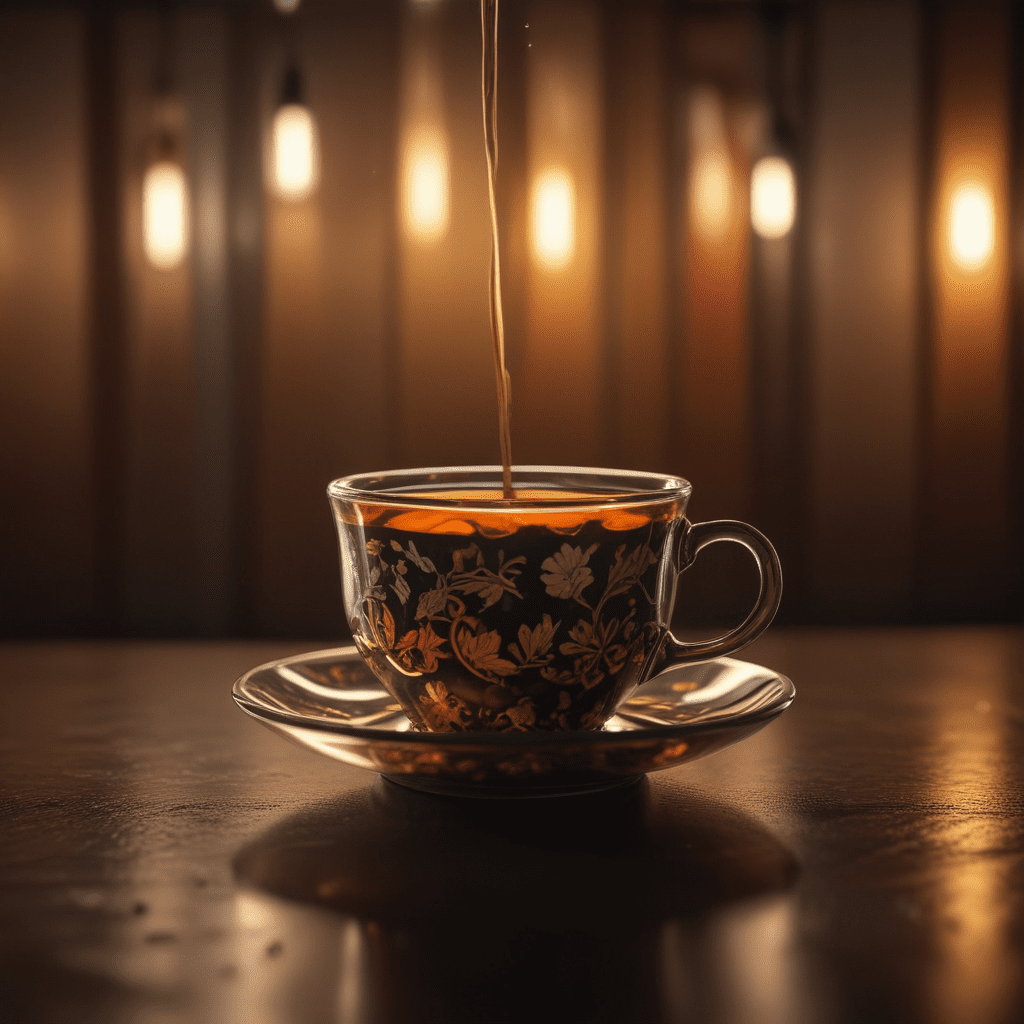
Chai Tea: The Art of Steeping and Sipping
1. Introduction
Chai tea, an aromatic blend of black tea, spices, and milk, has captured the hearts of tea enthusiasts worldwide. Steeped in history and steeped in flavor, chai offers a captivating experience that tantalizes the senses. Its origins trace back to ancient India, where it was traditionally prepared as a medicinal drink. Today, chai has evolved into a global phenomenon, beloved for its comforting warmth, invigorating flavors, and potential health benefits.
2. The Anatomy of Perfect Chai
The essence of chai lies in its harmonious balance of ingredients. Black tea forms the foundation, providing a robust base for the aromatic spices. Traditional chai blends often incorporate cinnamon, cardamom, ginger, and cloves, each contributing its unique flavor profile. The addition of milk softens the tea's boldness and creates a creamy texture, while natural sweeteners like honey or maple syrup round off the experience with a touch of sweetness.
3. Steeping Techniques for Maximum Flavor
The art of chai steeping unlocks the full potential of its flavors. Traditionally, chai is simmered in a chai pot, allowing the spices to gently infuse into the tea. Alternatively, using a French press or tea infuser offers greater control over steeping time and temperature. Experiment with different steeping durations to find the perfect balance of flavors, avoiding over-steeping that can lead to bitterness.
4. The Art of Sweetening Chai
Chai's sweetness should complement the spices without overpowering them. Natural sweeteners like honey or maple syrup offer a harmonious balance, adding a touch of sweetness while preserving the tea's inherent flavors. Artificial sweeteners can be used in moderation, but they may alter the overall taste profile.
5. The Perfect Milk Companion
The choice of milk can significantly enhance chai's creaminess and texture. Whole milk provides a rich and decadent base, while skimmed milk offers a lighter option. Plant-based milks, such as almond or oat milk, cater to dietary preferences and provide a creamy alternative. The amount of milk added should be adjusted to personal taste, but overheating should be avoided to prevent scalding.
6. Variations on the Classic Chai
The classic chai recipe provides a versatile base for experimentation. Additional spices, such as ginger, cardamom, or cinnamon, can be added to enhance specific flavors. Infusing chai with fruits, herbs, or chocolate adds unique twists, creating variations like fruity chai or chocolate chai. Exploring different tea bases, such as green tea or rooibos, opens up even more possibilities.
7. Brewing Chai in a Teabag
While loose leaf tea offers greater control over the steeping process, commercial or homemade teabags provide convenience. Balancing spices and flavor is crucial when using teabags. Adjust the number of teabags used or the steeping time to achieve the desired intensity. Over-steeping should be avoided to prevent bitterness.
8. Health Benefits of Chai Tea
Beyond its exquisite taste, chai tea is believed to possess numerous health benefits. Antioxidants and anti-inflammatory properties contribute to overall well-being. Some studies suggest that chai can aid digestion, boost immunity, and improve mood. However, it's important to note that caffeine sensitivity may affect some individuals.
9. Serving and Sipping Etiquette
The presentation of chai adds to its allure. Traditionally served in small cups or glasses, chai can be adorned with a touch of froth or a sprinkle of spices. Savoring the aroma and flavor is part of the chai experience. Sipping slowly, allowing the warmth and flavors to linger, enhances the enjoyment.
10. Conclusion
Chai tea is a symphony of flavors that has captivated tea enthusiasts worldwide. Understanding the art of steeping and sipping chai unlocks a world of culinary delights. Its versatility, from classic to innovative variations, caters to diverse palates. Whether enjoyed for its comforting warmth, potential health benefits, or cultural significance, chai tea remains an enduring favorite, offering a moment of tranquility and rejuvenation.
Frequently Asked Questions (FAQ)
Q: What is the best type of tea to use for chai?
A: Black tea forms the traditional base for chai, but green tea or rooibos can offer unique variations.
Q: Can I make chai without milk?
A: Yes, chai can be made without milk. Simply substitute water or a plant-based milk alternative.
Q: How long should I steep chai tea?
A: Steeping time depends on personal preference and the method used. Loose leaf tea generally requires a longer steeping time than teabags.
Q: Can I reheat chai tea?
A: Yes, chai tea can be reheated once. However, prolonged reheating may diminish its flavor and nutritional value.


